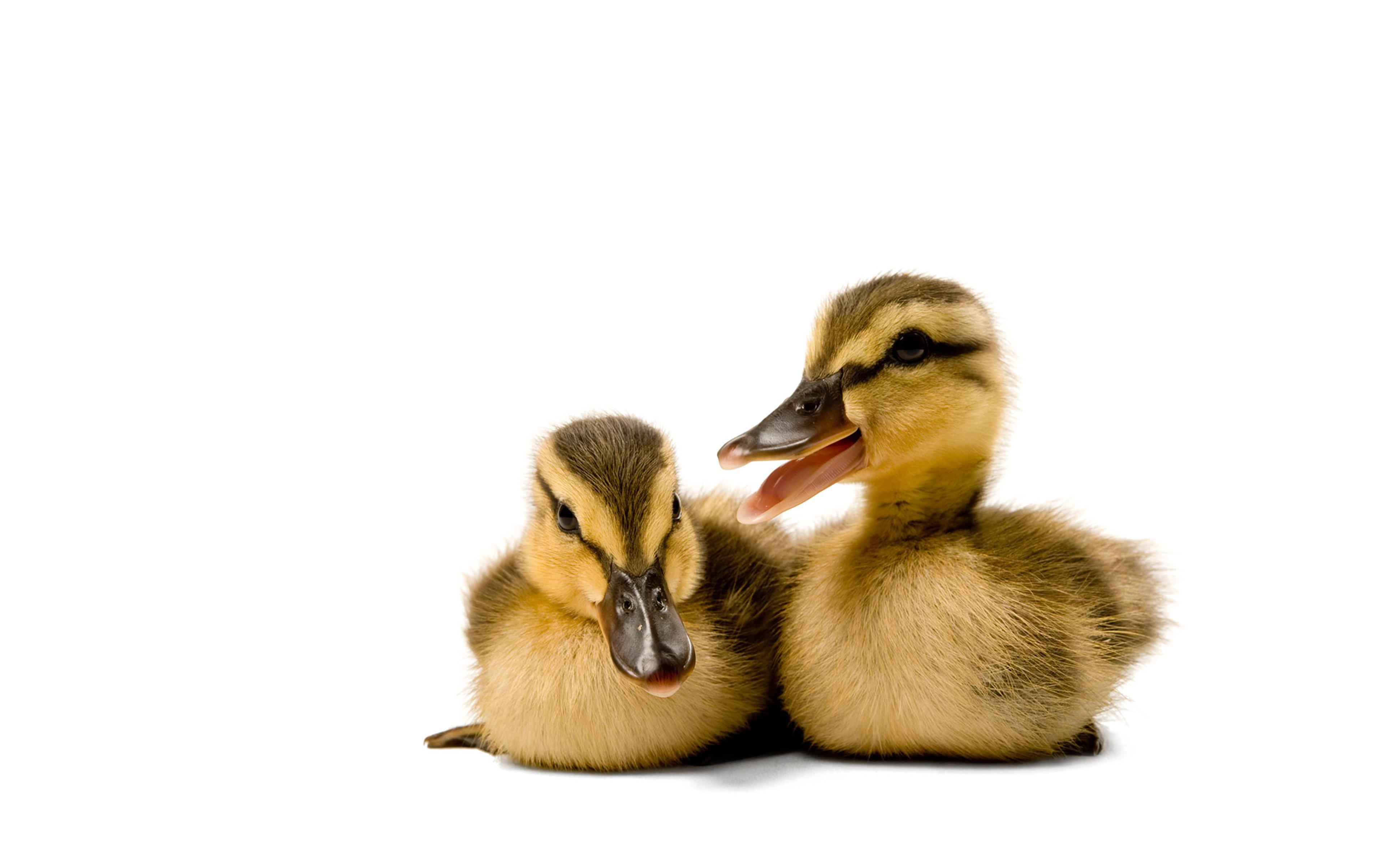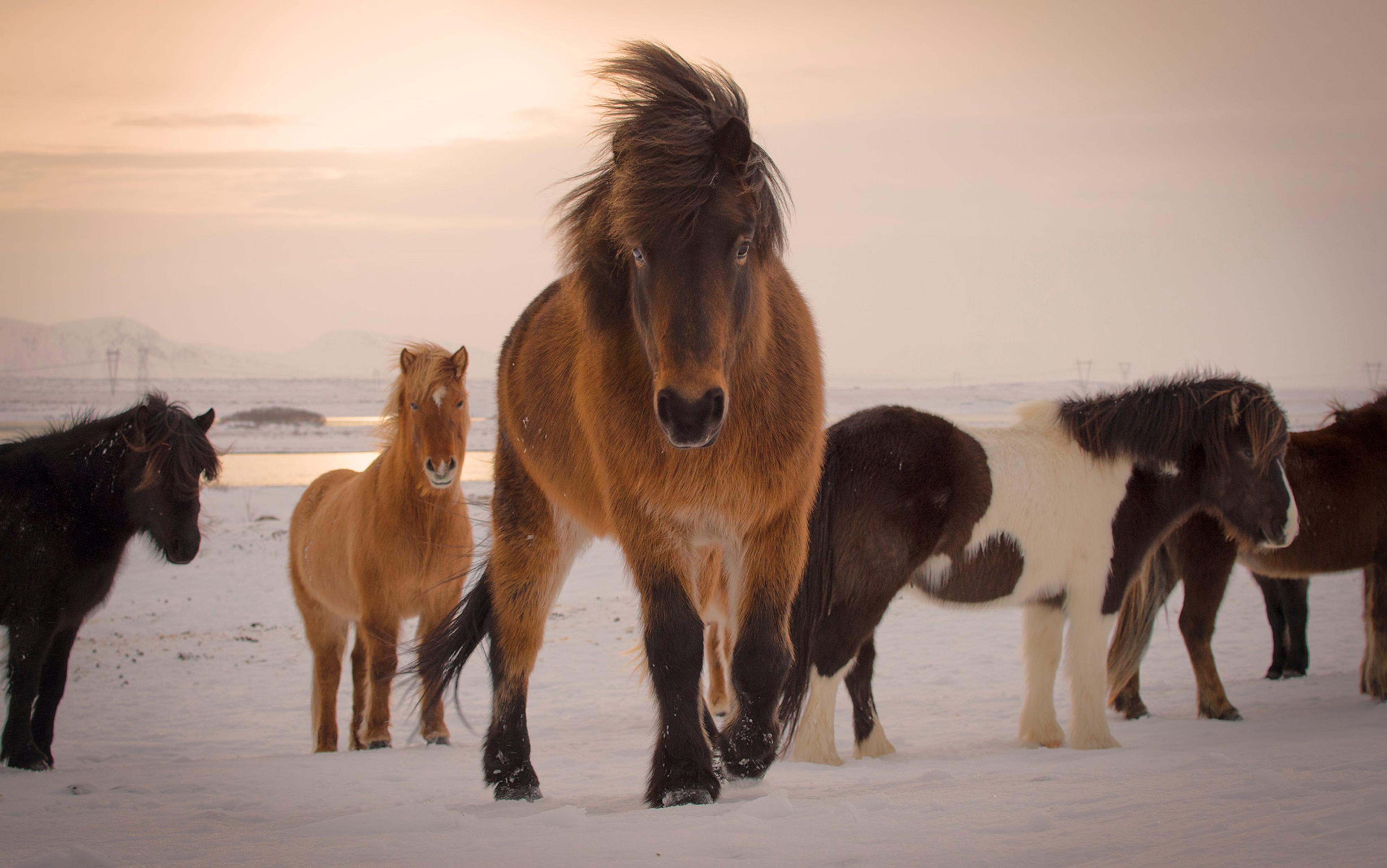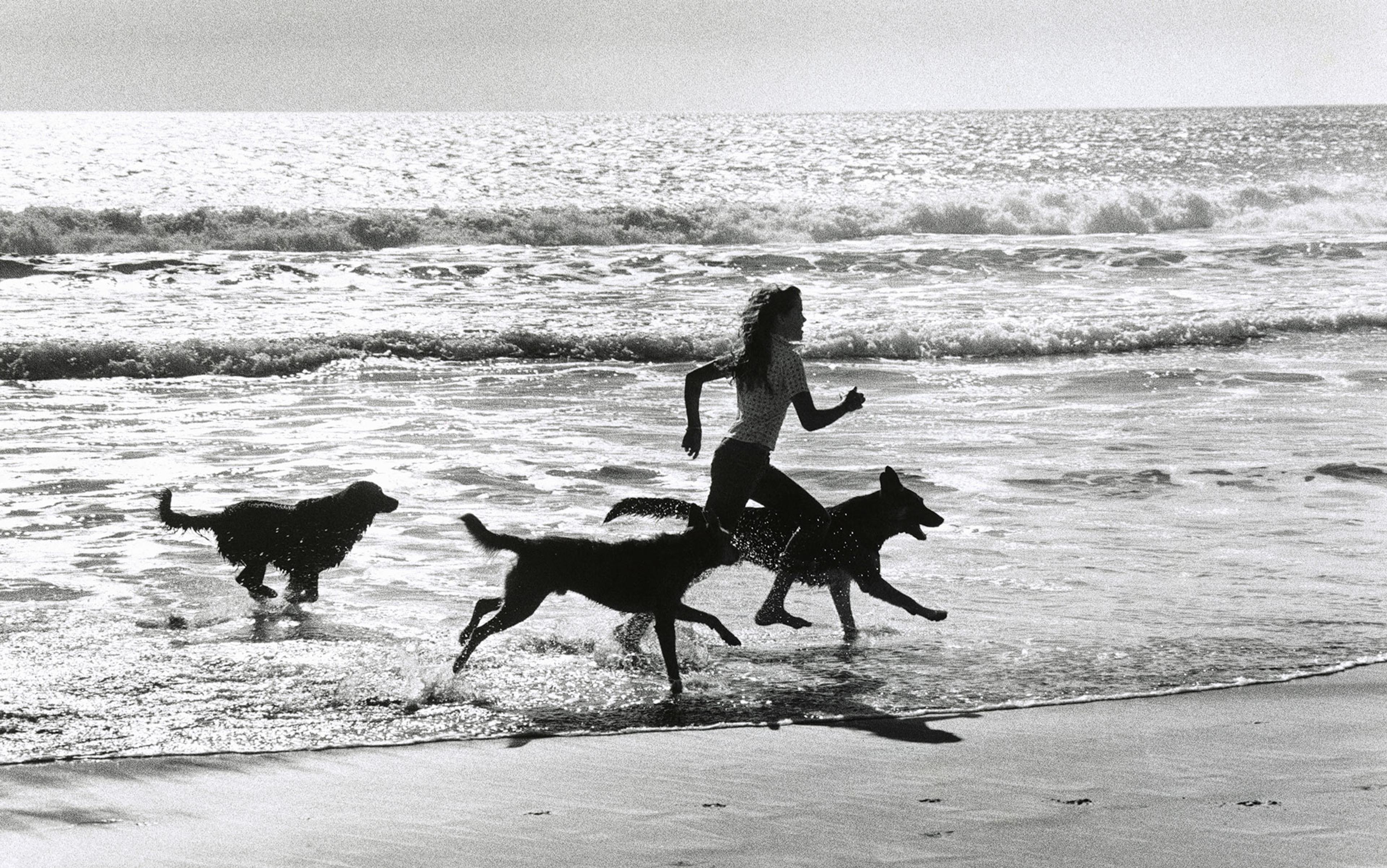The Party seeks power entirely for its own sake. We are not interested in the good of others; we are interested solely in power … We know that no one ever seizes power with the intention of relinquishing it. Power is not a means, it is an end … The object of power is power.
– from Nineteen Eighty-Four (1949) by George Orwell
Animals don’t relinquish power once they get it either. But for nonhumans, power is always a means to an end. Many ends, in fact, including food, mates and shelter. Attaining and then maintaining power – defined as the ability to direct, control, or influence the behaviour of other creatures or resources – lies at the heart of almost all animal societies.
The quest for power in nonhumans has been of interest since the days of Charles Darwin. Thomas Henry Huxley, whom Darwin called ‘my good and kind agent for the propagation of the Gospel, ie the Devil’s gospel’ didn’t mince words when it came to power in the animal kingdom. In Huxley’s essay The Struggle for Existence: A Programme (1888), Darwin’s prolocutor said that the animal world was equivalent to a ‘gladiator’s show’, at least as far as a moralist would be concerned:
The spectator has no need to turn his thumbs down, as no quarter is given … the weakest and the stupidest went to the wall, while the toughest and the shrewdest, those who were best fitted to cope with their circumstances, but not the best in any other sense, survived.
Fast-forward to the 1970s, when the theoretical framework for the modern study of animal behaviour started coming into view. No more gladiators; instead, biologists and theorists talk of ‘resource-holding potential’ or ‘resource-holding power’ (RHP), a measure of ability to acquire and defend resources. Still, when animal behaviourists applied the idea, the assumption was usually that larger, stronger animals had greater RHP. There was some discussion about the fact that fighting skills weren’t the same thing as sheer size but, then again, those skills were rarely thought to involve nuanced techniques for gaining ascendancy, such as gathering reconnaissance, assessing the field, and networking with others to acquire power.
More recently, animal behaviourists have come to recognise these more subtle ways that animals seek power over those around them. Being the ‘toughest’ is only a part of the picture – ‘shrewdest’ matters a lot too. Animals spy on rivals for power, display power in different ways depending on their audience, form coalitions to rise in rank, and camouflage themselves to climb the power ladder. All of this is completely reshaping how we think about nonhuman power struggles. New research provides a fresh window into the emergence of sociality, and takes us a step closer to an integrated and conceptually powerful model of the evolution of power.
The mist fades and the water shimmers on the lakes in Rhinelander, Wisconsin. The white and blackish birds known as common loons (Gavia immer), orange eyes aglow, swim on the surface. An occasional male sings a ‘tremolo’ call that echoes across the shore and seems to please the female swimming by his side. But that peaceful façade masks intense rounds of combat.
Even when being tough, common loons are also shrewd, and their many battles play out more like operas than prize fights. A large number of common loons in the United States spend their winters in Florida or the Carolinas, and then head north to their territories on many of Wisconsin’s 15,000 lakes. These birds are monogamous, and pairs often stay together for years, returning to their home lake each spring. During the breeding season, a male finds a spot for his and his mate’s nest, often on a small ‘island’ that rises a metre or so above the water, so as to reduce the chance of raids from raccoons and skunks.
A loon’s territory is a valuable commodity – only territorial individuals have the opportunity to mate – and power is all about controlling it. Because territories are so precious, loons in possession of them are sometimes challenged by birds called floaters who lack their own territory and sometimes attempt a violent overthrow. If a male floater’s coup works, the territorial male is deposed, but his mate remains, pairing with the victor.
Naturally, resident males do their best to thwart such power grabs. When a male spots a floater, he produces a ‘yodel’ call: the frequency of a yodel is correlated with body mass, which means a floater can get a rough gauge of the condition of the territorial male. Yodels also appear to signal motivation: when the two short notes that are part of the call are repeated often, floaters act in a more cautious manner, suggesting they take this to mean a territory-holder is primed to fight.
Within a week of losing power and being turfed out, many evicted males were found dead
Floaters are omnipresent, and the majority of visits they make to a territorial male’s home are fairly mundane. Once a floater male lands on the water, the territorial male yodels, swims over to the floater, and performs a series of movements such as head bows and circle dances. Usually, a floater flies off shortly thereafter, with the power structure remaining as it was. But that’s not always how it plays out. About 25 per cent of floater incursions lead to low-level aggression, and 5 per cent lead to more intense escalations, with loons lunging at the beak of an opponent, or birds simultaneously grasping each other’s heads, beating their wings against each other or even dunking an opponent’s head under water for long stretches. All in all, 10 per cent of all intrusions result in the power structure being overturned, with the resident male evicted and replaced by the floater.
Sometimes, evicted males stick around on the periphery of their (former) territory, but new owners don’t take well to that and tend to search them out, making it clear who is now in charge. Within a week of losing power and being turfed out, many evicted males were found dead by the biologist Walter Piper and his colleague who study loons. Those that survived eviction ended up on subpar territories nearby.
Fatal fighting like this is rare in animals. When it happens, it is often in short-lived species that reproduce once: if everything depends on that one bout of reproduction, it might be worth fighting to the death for. But loons live for 25 or even 30 years, and have many clutches of chicks. Why are they the exception to the rule?
Victims of deadly encounters are usually older males holding high-quality territories. Young floaters target such territories, and the problem for older males with nests is that they lose body mass as they age. That process is sped up when their territories are especially productive, because of all the energy expended on rearing chicks over the years. What’s more, older territory-holders yodel more due to all the intrusions. Because yodels provide information not only on aggressive motivation, but also on body mass, they can inform floaters that a resident male is a prime target for a takeover.
Is it really worth it for an older resident male to be willing to fight to the death when matched up against a younger, stronger floater? That depends on his options. Young floaters will fight hard to land a territory but, if they’re losing, they will leave rather than chance serious injury or death. They live to fight another day. For an older male already in place on a productive territory, the stakes are different. If he’s evicted, he’s unlikely to have the wherewithal to usurp another productive territory; as Piper put it in a newspaper interview, ‘the wheels start to come off’ late in life, which means that a desperado fight-to-the-death-if-necessary strategy becomes a viable option. Power, in the form of territories, provides a male loon with riches – but, in so doing, it may also lock him into a do-or-die contest with a young upstart.
The assessments involved in loon fights are shrewd and complex, but little blue penguins (Eudyptula minor) take it to another level. If power were only about fighting, there would be a limit to how much it can reveal about sociality, since animals are not fighting the vast majority of the time. By contrast, if you are a little blue penguin, it seems that a fair chunk of time is spent spying on your rivals.
Living in the caves and burrows on the eastern side of Banks Peninsula in New Zealand, as well as areas of Australia, little blue penguins stand at only about a foot tall and are the smallest of all their kin. Both male and female little blues incubate eggs, and they are as cute as can be – but they’re loud. Really loud. ‘There would be these periods of time,’ says Joseph Waas, who studies these birds, ‘when all the calling would die down and then one bird or maybe two birds would call, and then you would get this incredible contagious effect until everyone started calling.’
In cave colonies, penguins nest about 2-3 metres apart, usually up against the wall of the cave. The main cave Waas works in is at Ōtanerito Bay; when inside, he must lie on his belly and crawl through a mix of dried guano and feathers to study his subjects. There he sees penguins fighting, interlocking bills and flipping one another ‘almost like a judo throw’, as he describes it. Fights are often followed by a ‘triumph call’, emitted by the victor. This is a high-pitched inhalation paired with a bray-sounding exhalation, repeated time and again. Winners often stand up with their flippers as they belt this call, turning it into a triumph display while the losing penguin slinks away.
Waas was certainly impressed by the triumph calls, and soon realised that he was not the only one. Aside from the losing male, it seemed to him that other penguins were also paying attention – even spying on – the displays of power. Waas wanted to understand what was going on, but the cave was far too chaotic to do any controlled experiments. Fortunately, there was another colony of little blues nearby, living outdoors in burrows that a local couple (Shireen and Francis Helps), who are interested in conservation, had built for them.
These spying little blue males were clearly shaken when those in power were nearby
All the birds in that colony were marked, so that the Helps, and then Wass, knew their age and sex. The artificial burrows were all the same dimensions, a penguin-comfortable 300 mm x 350 mm x 200 mm. Instead of the chaos of the cave, where any experiment on triumph displays and penguin espionage was impossible, Waas had a colony with marked birds living in identical homes. He decided to run a playback experiment, placing speakers near certain burrows, which allowed him and his colleagues to control which penguins heard what.
Waas and his team studied 27 males and 16 females who were incubating eggs alone at their burrows while their partners were off foraging in the ocean. They gently removed an egg and placed it into an incubator. In its stead, they placed an artificial egg with sensors that recorded the bird’s pulse, and so indirectly its heart rate. Speakers were placed at varying distances away from that burrow and broadcast the sounds of a fight, followed by either the triumph call made by the winner of the fight, or the calls made by the loser. A microphone near the nest recorded the vocalisations of the penguin after he or she heard what was coming from the speaker.
When males heard the triumph call of the victor in a fight, their heart rate jumped to around 30 beats per second above normal. Yet no such surge was found when they heard the sounds of losers. These spying little blue males were clearly shaken when those in power were nearby. And they acted the part as well, vocalising more in response to the sounds of a loser, who is presumably a weaker potential opponent, than of a winner. Females showed increased heart rates when they heard the triumph call of winners, but also when they heard the call made by losers, and they never vocalised after hearing the sounds played back. They appeared to want no part of any male power struggles.
Sometimes, though, maintaining power means not only spying on your rivals, but performing a role. And all good actors need to know their audience, as the case of chimpanzees shows.
While studying two troops in the Budongo Forest in Uganda, Klaus Zuberbühler and his colleagues discovered that chimpanzees engaged in power struggles care not only about whom they should be paying attention to, but also who’s paying attention to them. Both aggressor and victim chimpanzees scream during a power struggle, but Zuberbühler was struck by the fact that, depending on who is listening, chimpanzees on the losing side appeared to use their cries to exaggerate their unfortunate circumstances. He began to think that the nature of the audience was the key to all of this. ‘If you are being attacked … [often] the only way to get out of it is to get someone else to join, and that may turn the tide,’ Zuberbühler says. ‘If the [victim’s] scream recruits help, then it really matters who is nearby. Especially if it is the alpha [top-ranked] male, who does not tolerate violence among others.’
When Zuberbühler and his colleague Katie Slocombe analysed 84 chimp power struggles, they discovered that participants in mildly aggressive encounters didn’t pay attention to who was in the audience, or even if there was an audience. But when contests got more violent, the victims’ screams were longer and more intense when listeners were nearby, at least sometimes. If one or more of the chimpanzees in the audience held a rank in the dominance hierarchy that was equal to or above the rank of the aggressor, chimps on the losing end of the fight emitted longer and more intense screams. This, in turn, led the victim to receive support from the high-ranking observers around 20 per cent of the time, with the more senior chimpanzee intervening to break up fights.
Nonhuman power dynamics exist not only between individuals, but between groups too. These are a fact of life for white-faced capuchin monkeys (Cebus capucinus), who live in tight-knit cohorts on Barro Colorado Island in Panama and elsewhere in Central America. Fortunately for Margaret Crofoot, whose 2008 dissertation included research on such power struggles, one capuchin in each cadre wears a radio collar linked to an automated radio telemetry system (ARTS).
ARTS sent Crofoot location data on collared individuals every 10 minutes, 24 hours a day. This informed Crofoot about the group’s movements, but it didn’t say anything about what the group members were doing. For that, she and her assistants used more traditional sampling methods, going out early each day, rotating between capuchin groups for three-hour stints, to see who was feeding, grooming, displaying aggression and so forth.
Capuchin groups have fairly well-defined boundaries, but there’s often a 20 per cent zone of overlap between neighbouring groups. That overlap zone is where most intergroup interactions happen: every three days or so, conflict breaks out. Many times, one collective just turns tail and leaves. Other times, capuchins from both groups rush at one another up in the trees. If neither group leaves, then individuals from each group ‘line up on the ground like American football teams’, Crofoot says, ‘lunging and screaming … and chasing each other.’ Eventually, one group backs down and departs. Knock-down, drag-out fights are rare, but they do happen. Losing these conflicts comes at a cost. For one, individuals in groups that lost had to spend more time travelling around looking for things to eat, and were more likely to end up foraging in low-quality food patches.
In another study, Crofoot and her colleagues found that, generally speaking, larger groups won conflicts, unless a larger group invaded deep into the territories of its smaller neighbours, where they were much more likely to lose. Every additional group member increased the chances of winning a group contest by 10 per cent. Still, smaller groups at the centre of their territory were a force to be reckoned with: every 100 metres that a neighbouring larger group moved from the centre of its home range, its chances of winning an interaction with a neighbouring group decreased by a whopping 31 per cent.
Large groups venturing from their heartlands were especially susceptible to free-riding
Crofoot wondered why small groups defeated large groups who intruded too deeply into their territories. Maybe, she hypothesised, large groups weren’t really as large in practice as they appeared on a head count. Perhaps not everyone in those larger groups was contributing their fair share in combat? Maybe some capuchins in larger groups were ‘free-riders’, relying on their groupmates to pay the cost when contests broke out?
To test these hypotheses, Crofoot and her colleagues created a series of 60-second audio files from four capuchin groups they were studying. Those recordings had noises associated with foraging, including food calls, falling fruit, and monkeys on the move. Halfway through each audio recording, screams associated with power struggles were inserted. Sounds made by all group members were spliced into the file, providing a rough estimate of the group size for those listening. Capuchins in a group were then played audio files made from a neighbouring group, simulating a territorial intrusion. Playbacks came from a speaker placed either in the centre of a group’s territory or at the edge. If a capuchin left the tree it was in and moved at least five metres in the direction of a speaker, Crofoot assumed it was ready to participate in an encounter with another group; if it left the tree and moved five metres in the opposite direction to the speaker, she assumed it was retreating and so free-riding, relying on its groupmates to defend the collective from the neighbouring band of monkeys.
Capuchins were nearly seven times as likely to approach a speaker if that speaker was placed in the centre of their territory rather than on the edge of it. Intrusion deep into their territory seemed to really rile them up. Free-riding was strongly tied to location as well: the chances that a capuchin retreated – that is, acted as a free-rider – was much lower when the incursion was at the centre of its territory. All of which means that large groups venturing from their heartlands were especially susceptible to free-riding; that in turn helps explain why smaller groups could defeat larger groups, when the big-group incursions were deep in the smaller group’s territory.
All around the planet, animal behaviourists continue to peel back the layers of complexity around how creatures of all kinds acquire, retain, lose and claw back power. But there’s much more work to be done before we have a wide-reaching, integrated model of power in nonhumans. It’s hard to say exactly what this will look like, but I can hazard some guesses. The theory, if and when it arrives, will almost certainly be informed by new technological advances associated with gathering behavioural data. GPS tracking is just the tip of the iceberg: in many species, animals have been fitted with small devices that ‘talk’ to one another, so that when two animals are within some set distance, the collars collect data on both of them. While observing animals in the field (or lab) is irreplaceable, how that data is collected is changing at a breakneck pace.
The model will also likely be informed by what is going on inside animals as power dynamics play out. New advances in endocrinology and neurobiology will allow us to better understand not only how power-related behaviours affect hormone levels and neurobiological activity, but how such physiological processes affect the dynamics of power. Likewise, work on gene expression will help us gauge how genes ‘turning off’ and ‘turning on’ affects creatures’ place in a hierarchy.
Finally, any truly effective model must take account of evolutionary forces and focus on the costs and benefits of power in a particular ecological context, over long periods of time. This means that, as we continue to amass more and more data on power dynamics, we might be able to employ this model to search for broader patterns. Consider the case of power and spying. Do we see spying mostly in animals with a certain level of cognitive sophistication? If so, what level? Is spying primarily done via visual cues? Or does it work just as well using other senses? Does espionage function especially well in certain kinds of habitats? Which ones, and why? We can easily replace ‘spying’ with ‘audience effects’ or ‘complex assessments of individuals and groups’. In time, I’m confident we will be able to answer those and many more power-related questions in order to deepen our understanding of the evolution of sociality in nonhumans – and perhaps, even, in ourselves.






